Black television shows have brought the Black community together for generations. From laughs to cries, to super surprising plot twists Black television shows have made such a large impact on the Black community, an impact that can be felt even decades after a show’s original airing.
Due to the volume of Black television shows aired between 1983 and 1996, a wave of what are now considered to be classic Black sitcoms, Black television shows have only grown in quantity and quality since the 1980s.
In honor of Black History Month, 101 Magazine surveyed 50 students at Howard University to find out what TV programs with a majority Black cast or produced by people of color they enjoy the most. This list of Howard’s Top 5 Black TV Shows offers insight into what the Howard community strongly identifies as their favorite Black TV shows and the impact that Black television shows have had on them. The shows students listed in their top five are as follows:
#5: Snowfall
Co-created by one of the legends of Black Hollywood, John Singleton, “Snowfall” goes in-depth with the portrayal of the first crack epidemic in Los Angeles. This show is praised by critics for its attention to detail and masterful plot.
The show goes to great lengths to correctly depict not only the circumstances that gave rise to and intensified this country’s addiction and mortality issue but also the humanity of those who endured it. According to Rotten Tomatoes, it not only has an average 90% rotten tomato ranking but also has an 88% average audience score.
“The show really captures the essence of what South Central would be like in the 80s which just makes it that much easier to emerge yourself in the plot,” says sophomore student Miles Evans. “It also does a really good job on an emotional level connecting you to the characters even though there are so many storylines weaved together.”
#4: The Boondocks
Image via The New York Times
The show, which is lined up with a star-studded cast including Regina King, John Whitherspoon, and Charlie Murphy, is based on the syndicated comic strip that some newspapers have now banned. This show centers on the political musings and adventures of Riley, 8, a foul-mouthed want-to-be gangster, and Huey Freeman, 10, an afro-wearing self-styled African-American radical, as they adjust to living with their grandfather who moves them to the predominantly white Chicago suburb of Woodcrest, which they refer to as “the boondocks.”
“The Boondocks” has had its controversial moments highlight “nonmainstream” topics, however, its viewers can appreciate the show’s ability to touch on real topics while still engaging the audience in a fun and engaging way.
Sophomore Jason Bell expresses why “The Boondocks” has been one of his favorite shows.
“It’s one of the funniest shows, and a lot of the scenes are based on real-life events from the news,” Bell says. “It’s cool to see how they took a satirical but also enlightened angle to real-life events. It really was ahead of its time.”
#3: Abbott Elementary
Image via Gilles Mingasson/ABC
In a public school in Philadelphia, “Abbott Elementary” follows the lives of a group of committed, passionate teachers and an underqualified personality-filled principal navigating working with each other. Despite the challenges they face in an underfunded school, the teachers are determined to help their children succeed in life.
The new and emerging TV sitcom, and the only show ranked by the Howard community that is currently airing on network television with new episodes every Wednesday at 9 p.m. EST, has been awarded over six times since it aired for its inviting storyline and sensational comedic relief. Students note that one of the biggest reasons that Abbott is one of their favorites is because of the memorable comedy that is highlighted in the show.
“There are already so many great quotable moments from the show, and it’s just getting started. I don’t think there’s anything else on TV like it right now” says junior student Kya Johnson.
#2: A Different World
Image via Bob Gersny / NBCU Photo Bank
This early 90s classic follows Lisa Bonet’s character, Denise Huxtable, and the students at Hillman College, as they navigate their education, relationships, friendships, and adulthood together at a historically black college. As a spin-off of “The Cosby Show,” “A Different World,” ran for six seasons on NBC from Sept. 24, 1987, to July 9, 1993.
When asked why “A Different World” was their favorite show, senior Trevonae Williams ties the experience she watches the characters of “A Different World” experience in the show to her own Howard experience. The show, which was set on the campus of Hillman college an HBCU in Virginia, had creative guidance from Howard University alumna Debbie Allen.
“It really does remind me a lot of Howard and especially reminds me of my Howard experience,” Williams says.
#1: Living Single
Created by Yvette Lee Bowser, “Living Single” focuses on six friends’ shared lives, relationships, and professional experiences while residing in a brownstone in Brooklyn, which served as the focus of the television program. “Living Single” is a five-season television sitcom that debuted on the Fox network on Aug. 22, 1993, and ran until Jan. 1, 1998.
Howard University students share that this series is unique and was a trendsetter of its time. From outfits to star-studded cameos, “Living Single” set the benchmark for what enjoyable lighthearted television featuring a Black cast could look like.
Junior Ayo Olagbaju expands on why the 90s TV show is one of her favorites.
“Living Single is one of my favorite Black shows,” says Olagbaju. “Each of the characters have their own unique, entertaining storylines that we can relate to as viewers. The cast had great chemistry, and it always makes me laugh. It’s a classic– I know I can turn it on when I want to watch some good TV!”
While students’ personal favorite shows varied, the overall importance of Black television shows to Black students at Howard University remained the same: representation.
“I think it’s important to see yourself/persons who look like you in the media you consume,” says Sheneil Penn. “I also think that the more black shows we have, the more stories get told. While the majority of mainstream black tv shows are based in the United States, I believe that with increased representation for African Americans in media, we will continue to see an increase in representation for different cultures within the black diaspora.”
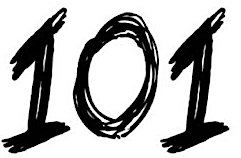
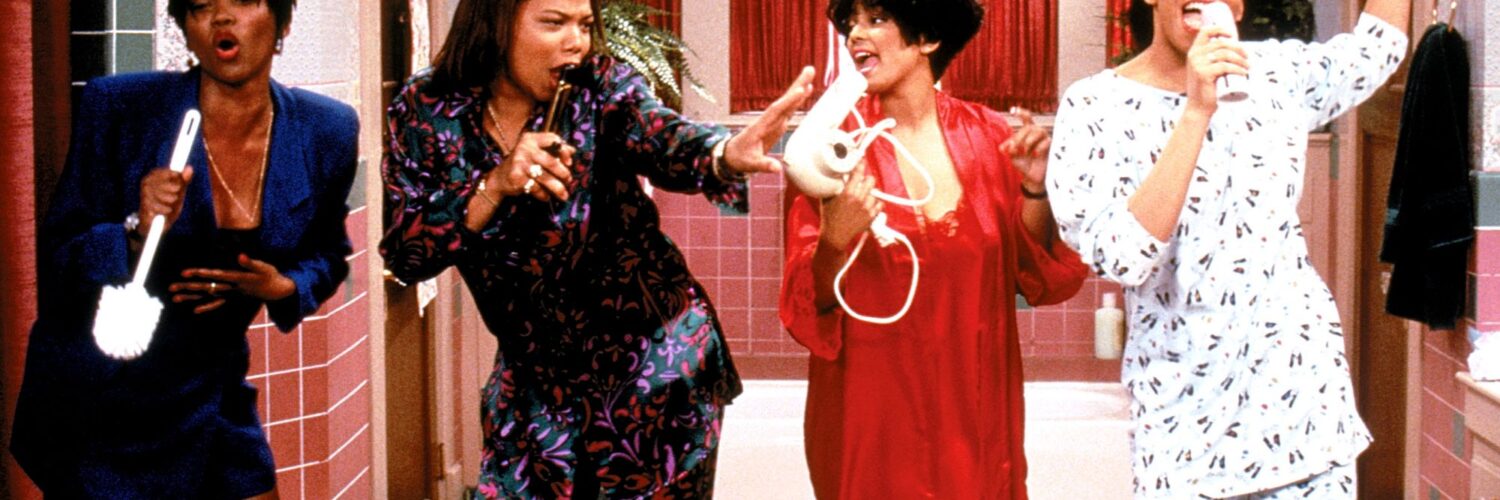

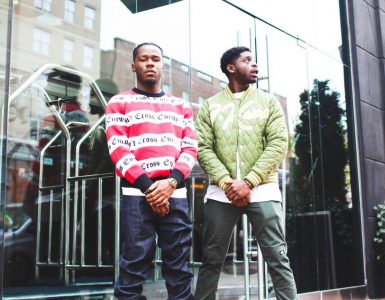
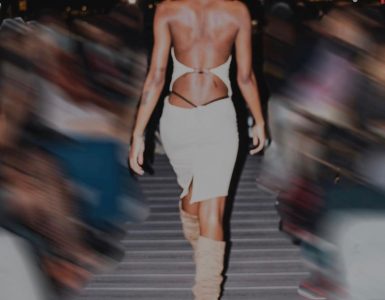
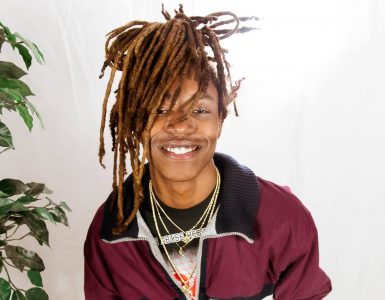
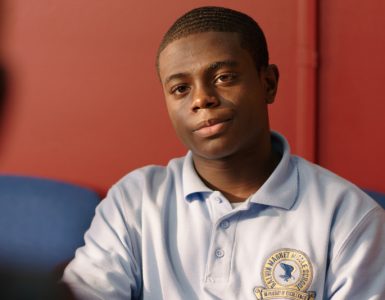
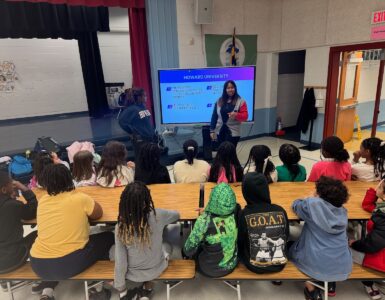
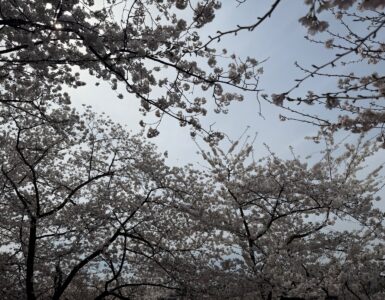
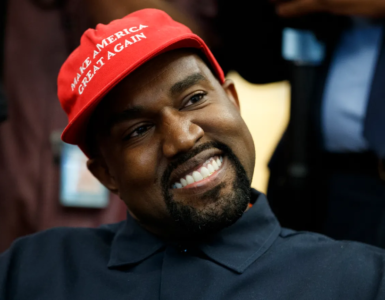
Recent Comments